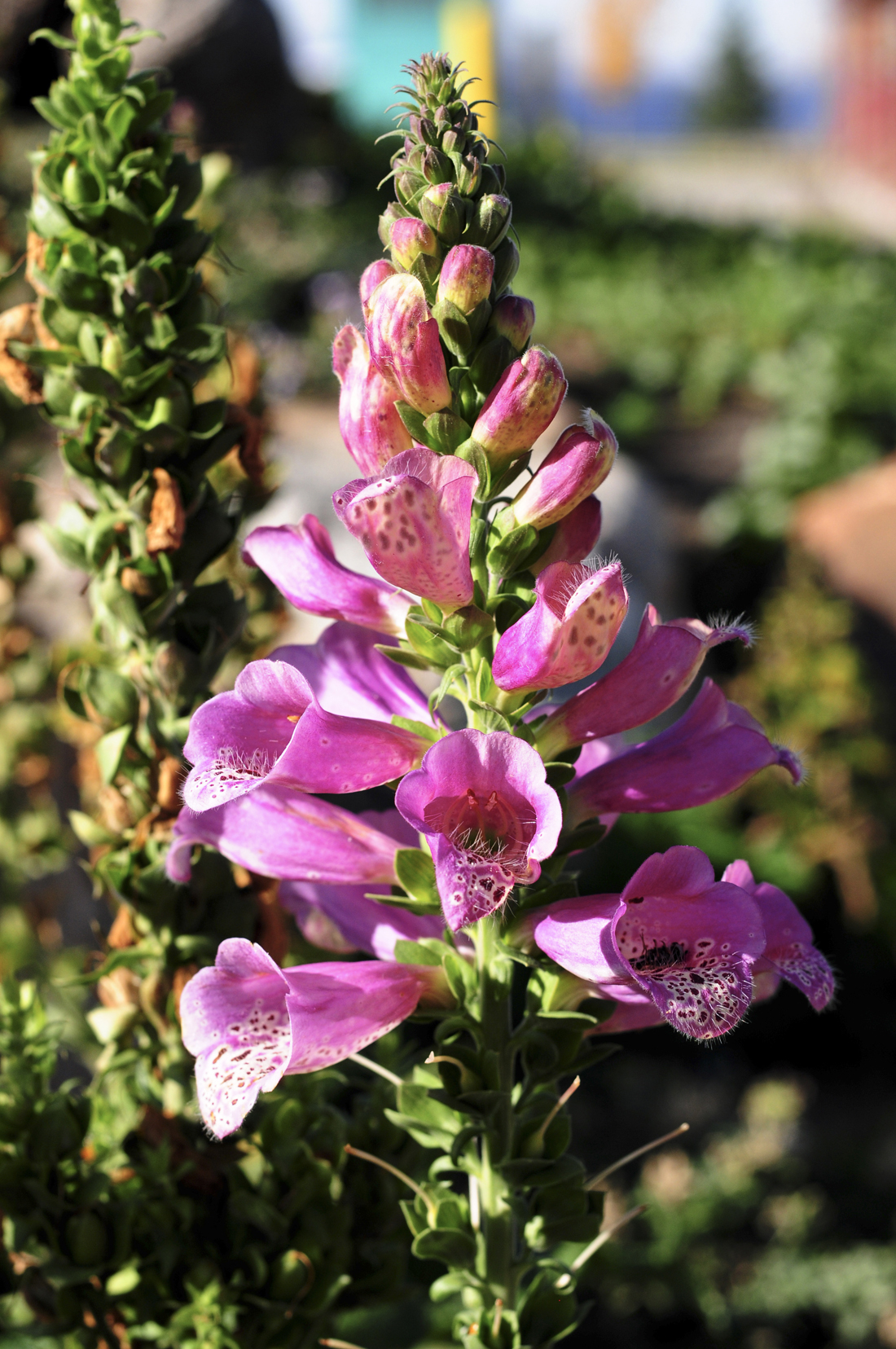Lab takes the poison out of poisonous plants
Lurking in a quiet corner of campus, tucked away behind the soccer field, is a poisonous plant research lab. The lab contains plants poisonous to humans and animals alike, and the researchers at the lab are dedicated to finding these plants and taking the poison out of them.
Kip Panter, supervisory animal research assistant said, “Poisonous plants are all around us, interacting with us in one way or another.”
Panter said there are three types of interaction: herbal, accident and intent. Herbal interaction with poisonous plants could come from everyday herbs that people don’t know are poisonous.
Some people find themselves interacting with poisonous plants by accident, stumbling upon them in the mountains or wild. Also, some people interact with poisonous plants with intent, namely, plants that can be used as drugs.
However, Panter says that “the poison is in the dose.” Some poisonous plants can be consumed in small doses, but a larger dose of the plant poison could be potentially fatal.
The mission of the USDA Poisonous Plant Research Lab on campus is agriculture, Panter said. The lab studies the natural toxins in plants and how they affect livestock around the country. The lab focuses on the rangelands in the West, but can also have effects around the nation and “has an international impact, as well,” Panter said.
The lab collaborates with land grant universities like USU, and was established at USU in 1955 to work with range and livestock, Panter said.
According to the Poisonous Plant Research Lab website, a few of the projects they are working on include researching the poisoning of livestock by various larkspur plants, the investigation of lupine-induced crooked calf disease, and research on the locoweed in the rangelands of New Mexico.
“The mission is mainly agriculture and livestock,” Panter said, “But we also have what I like to call ‘spin-off’ benefits from the plant research.”
The spin-off benefits come from researching the toxins inside the plants, taking them out, and attempting to use them for the purposes of good.
“The poisonous plants are valuable resources that are virtually free,” Panter said.
Some spin-off benefits include ways to treat fungus, cleft palate and even cancer. Panter said one research project leading to a beneficial result came from the discovery of a genetic inhibitor called cyclopamine.
“The cyclopamine caused a large birth defect in sheep, causing them to have only one eye,” said Panter. “We isolated this and found that it inhibits the same genetic pathway that causes some cancers.”
In cooperation with a pharmaceutical company, the lab is now testing the effects of cyclopamine on pancreatic cancer, but Panter said the tests are still in progress so there is no information on if it works.
Panter said the Poisonous Plant Research Lab consists of a team of 10 scientists, all from different backgrounds, to research the plants.
From toxicologists to chemists to biologists, the lab uses many resources to help farmers and livestock owners figure out what plants are poisoning their livestock, why the plants are poisonous and what ranchers can do to prevent it.
“The lab is a multidisciplinary approach to solving plant problems in the Western U.S.,” said Panter.
The lab isolates the chemicals and toxins from the plants in what Panter calls “the CSI plant lab.” Steven Lee, a research chemist at the lab, works with taking apart the plants and finding and extracting the toxins.
“We ask two questions when trying to discover what is poisonous about a plant: ‘What is it?’ and ‘How much?'” said Lee. After the plant is collected from the field, the chemists narrow the cause of the poisoning down to certain chemicals. They then test the chemicals on cells or mice to see how much of a toxin or what toxin causes illness.
Jessie Roper, a biological science technician, does what she calls a “total DNA extraction” on some of the plants.
Currently, she is working on a project dealing with a fungus and the poisonous plant locoweed and trying to understand how the fungus and locoweed interact. According to Roper, she works with the “genetic fingerprint of the plant.”
The research lab also includes the only place that has actual livestock on campus.
“Driving by, you wouldn’t even know that there are cows and a couple horses back here,” Panter said. “We keep our livestock clean and keep an odor-free buffer zone.”
– nikki.lives6@aggiemail.usu.edu

THE POISONOUS PLANT LAB keeps and researches plants that are poisonous both to humans and animals. The lab uses the information gathered to treat diseases such as fungus and cancer. JON LARSEN photo

